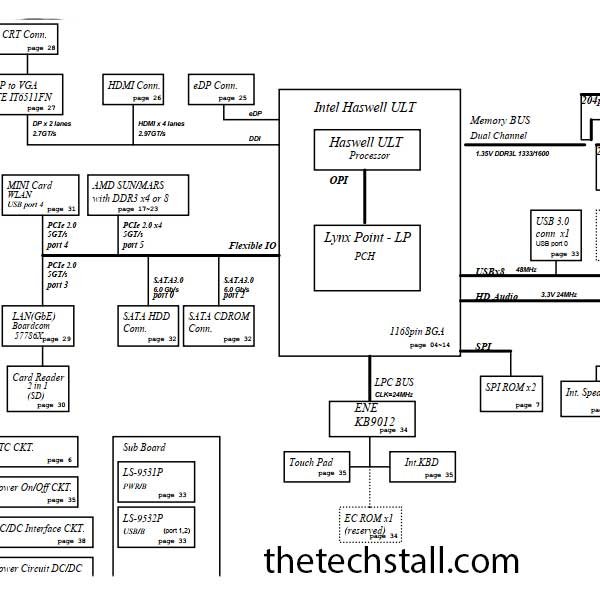
Schematic diagrams are an essential tool for understanding and solving issues. A schematic diagram is a graphical representation of an electrical circuit or system with symbols representing various components and their connections. In this article, we will explore the purpose of schematic diagrams in troubleshooting and how they can be used effectively.
A schematic diagram is a drawing that represents an electrical or electronic circuit. It shows the components of the circuit as simplified symbols, and their interconnections. Schematic diagrams are used to design and communicate the workings of electrical and electronic circuits. They are essential for troubleshooting, as they allow technicians to visualize the circuit and understand how each component interacts with the others.
One of the primary purposes of schematic diagrams is to simplify complex systems. For example, a circuit board may contain hundreds of components, making it difficult to understand the relationship between them. By using a schematic diagram, the technician can visualize the entire circuit and identify problem areas quickly.
Schematic diagrams are also useful for troubleshooting faults. When a system is not working correctly, a technician can use a schematic diagram to identify the potential causes of the problem. By tracing the circuit from the power source to the output, the technician can identify any faults or failed components. This process can save a lot of time compared to trial-and-error troubleshooting.
Another important purpose of schematic diagrams is to identify components. In a complex circuit, it can be challenging to identify specific components visually. Schematic diagrams use standardized symbols to represent each component, making it easier to identify them.
Schematic diagrams also help technicians understand the interactions between components. By looking at the diagram, a technician can see how each component interacts with others, and how signals are transmitted between them. This understanding can be essential for troubleshooting complex faults.
To use schematic diagrams effectively, technicians need to be familiar with the symbols used and the conventions of electrical and electronic circuits. They should also have a good understanding of how circuits work and how to troubleshoot faults. With these skills, a technician can quickly identify faults and repair them, minimizing downtime and increasing productivity.
Schematic diagrams are a critical tool in troubleshooting electronic and electrical systems. They simplify complex circuits, help identify faults, and allow technicians to understand the interactions between components. To use schematic diagrams effectively, technicians need to have the appropriate skills and knowledge. By using these tools effectively, they can diagnose faults quickly and accurately, ensuring that systems are back up and running as soon as possible.
Acer Aspire E1-532G_572G LA-9531P Rev 1.0 schematic diagram and all the materials and information needed to repair a laptop motherboard are available on our site.
Repairing laptop motherboard without schematic diagram is very difficult and time consuming. This is our effort to help you repair laptop motherboard easily and in less time.
Apart from this laptop schematic diagram, you are looking for other laptop motherboard schematic diagram, if it is not in our site, let us know by comment. We will try to upload and notify you as soon as possible.
Download without any registration
Download “Acer Aspire E1-532G_572G LA-9531P Rev 1.0 schematic” Acer-Aspire-E1-532G_572G-LA-9531P-Rev-1.0-schematic.zip – Downloaded 335 times – 810.57 KB
Q: How can I learn more about schematic diagrams?
A: There are many resources available online, including tutorials, videos, and textbooks. Taking an electronics course or apprenticeship is also an excellent way to learn more.
Q: What are some common symbols used in schematic diagrams?
A: Some common symbols include resistors, capacitors, diodes, transistors, and voltage sources.
If you need any information or files to repair laptop motherboard, you can contact Techstall team.
Share with friends
thetechstall.com would like to share with you all the resources you need to repair desktop and laptop motherboards for free.
Developed By: Ibrahim Hossen